Stanislav Lebedenko
In-depth .NET Azure Functions: Flex plan, Isolated mode and performance
#1about 5 minutes
Introducing the new Flex Consumption plan for Azure Functions
The new Flex Consumption plan, built on Kubernetes, replaces the old in-process model with an isolated worker model for better performance and portability.
#2about 6 minutes
Flex plan features, limits, and VNet challenges
The Flex plan includes "always ready" instances and free VNet integration, but is constrained by subscription-level vCore limits and potential IP exhaustion at scale.
#3about 7 minutes
Load testing Flex vs classic Consumption plans
Load tests reveal that the Flex plan scales significantly faster for sudden traffic spikes compared to the classic Consumption plan, which is better for steady workloads.
#4about 2 minutes
Optimizing Flex plan instance size for performance
Choosing the right instance size is key, with 0.5GB instances offering the fastest scaling for spikes and larger instances providing better cost-efficiency.
#5about 5 minutes
Advanced performance tuning with AOT and dependencies
While Native AOT offers limited benefits, you can significantly improve performance by minimizing .NET dependencies and configuring concurrency settings in host.json.
#6about 3 minutes
Portability and final recommendations for migration
The isolated worker model simplifies containerizing functions for migration, and it's crucial to load test, monitor SDK updates, and prepare for Flex to become the default.
Related jobs
Jobs that call for the skills explored in this talk.
Matching moments
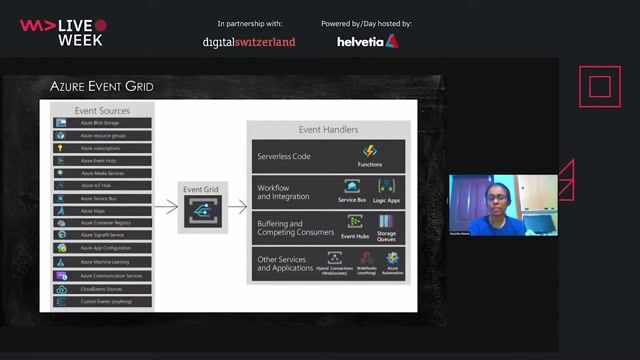
14:27 MIN
Using Azure Functions for serverless event processing
Functions Triggers using Azure Event Grids in Azure Blob Storage

06:03 MIN
Exploring common use cases for Azure Container Apps
.NET Microservices in Azure Container Apps
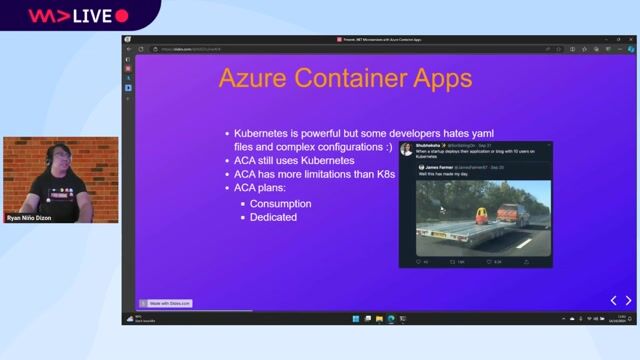
04:01 MIN
Introducing Azure Container Apps as a Kubernetes abstraction
.NET Microservices in Azure Container Apps
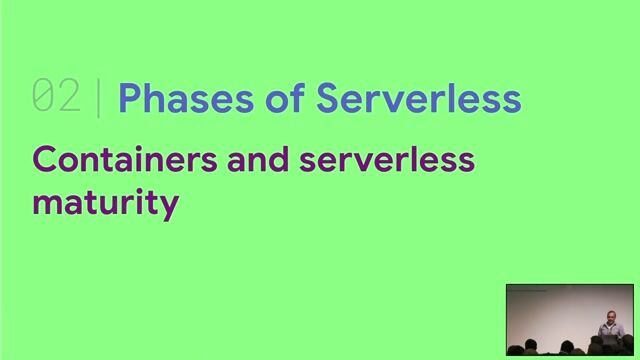
09:32 MIN
How serverless containers improved flexibility and performance
Serverless landscape beyond functions
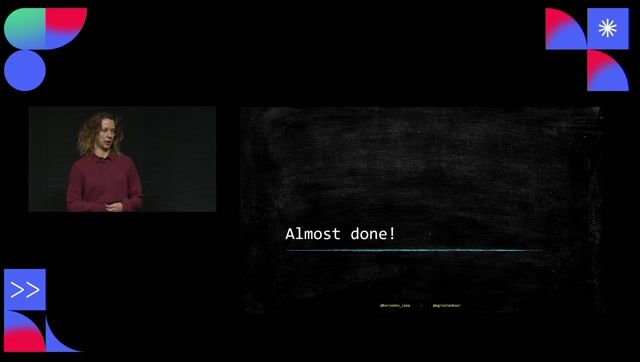
27:59 MIN
Key takeaways for building event-driven systems on Azure
Implementing an Event Sourcing strategy on Azure

24:05 MIN
Evaluating Azure compute options for a new platform
Back(end) to the Future: Embracing the continuous Evolution of Infrastructure and Code
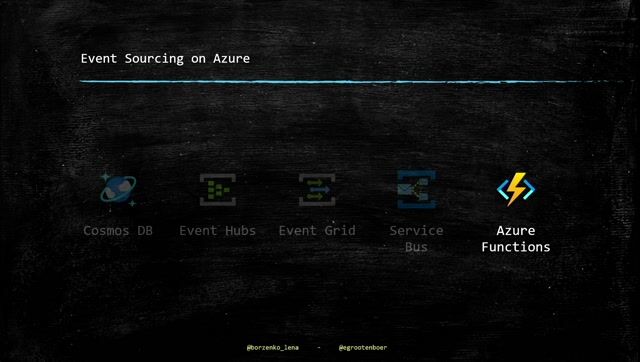
11:21 MIN
Using Azure Functions as the connective glue
Implementing an Event Sourcing strategy on Azure
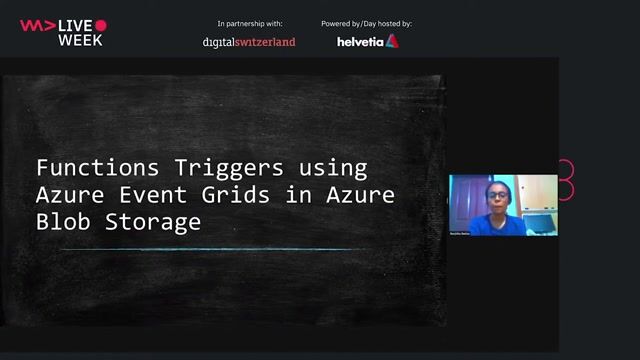
00:20 MIN
Connecting serverless compute with cloud storage
Functions Triggers using Azure Event Grids in Azure Blob Storage
Featured Partners
Related Videos
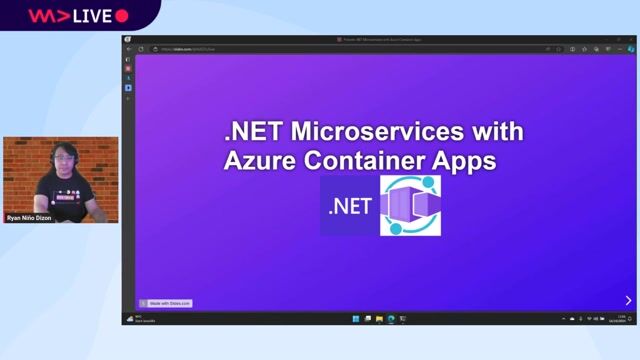 32:42
32:42.NET Microservices in Azure Container Apps
Ryan Niño Dizon
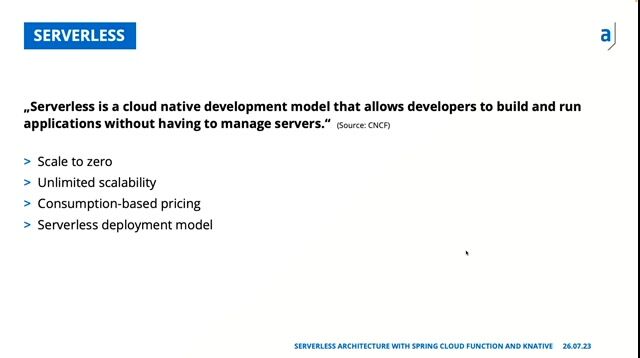 28:55
28:55Serverless Architectures with Spring Cloud Functions and Knative
Ingo Weichsel
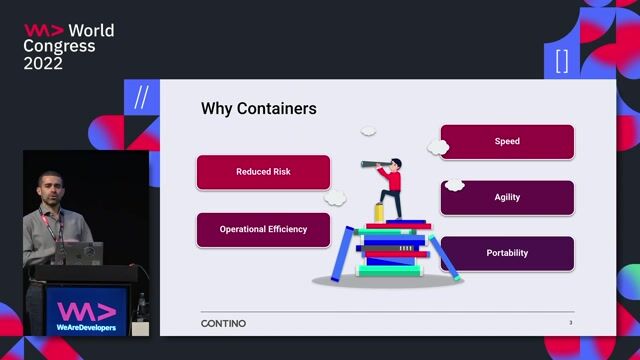 28:03
28:03Containers in the cloud - State of the Art in 2022
Federico Fregosi
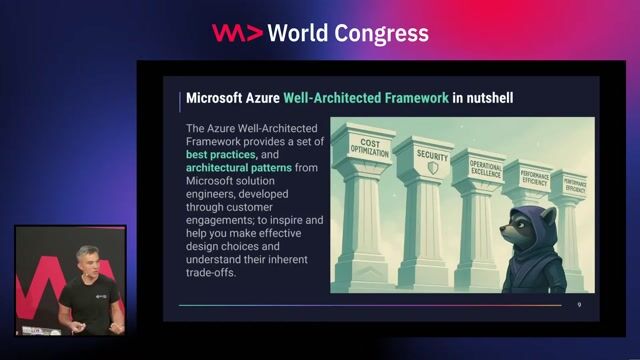 27:33
27:33Azure-Well Architected Framework - designing mission critical workloads in practice
Paweł Siwek
 27:55
27:55This Is Not Your Father's .NET
Don Schenck
 26:38
26:38Blazor Unleashed: The Future of .NET Web Development
Christian Giesswein
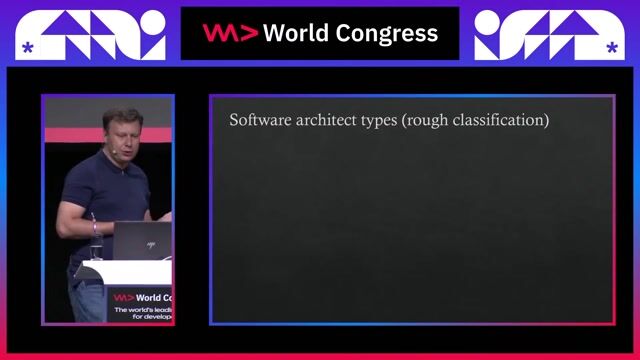 24:26
24:26Architectures that we can use with .NET
Alexej Sommer
 20:15
20:15Blazor and Azure functions for Serverless Website
Menaka Baskerpillai
From learning to earning
Jobs that call for the skills explored in this talk.

DevOps Engineer – Kubernetes & Cloud (m/w/d)
epostbox epb GmbH
Berlin, Germany
Intermediate
Senior
DevOps
Kubernetes
Cloud (AWS/Google/Azure)







C# Developer - Fokus Azure DevOps Gestalten Sie unsere digitale Zukunft!
Kern & Partner Personalmanagement GmbH - Personalberatung
Remote
€47-60K
JSON
Azure
NoSQL
+2
